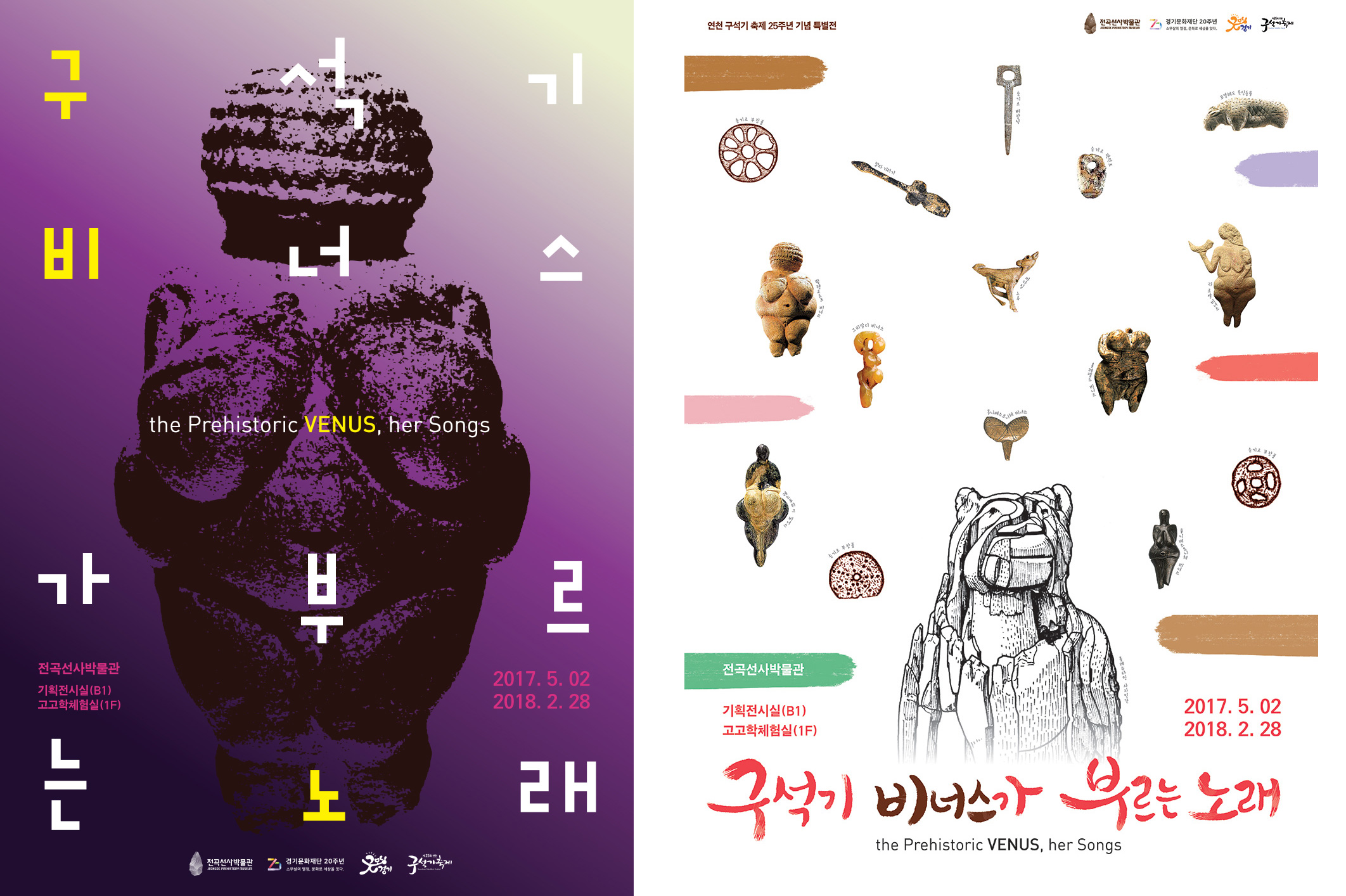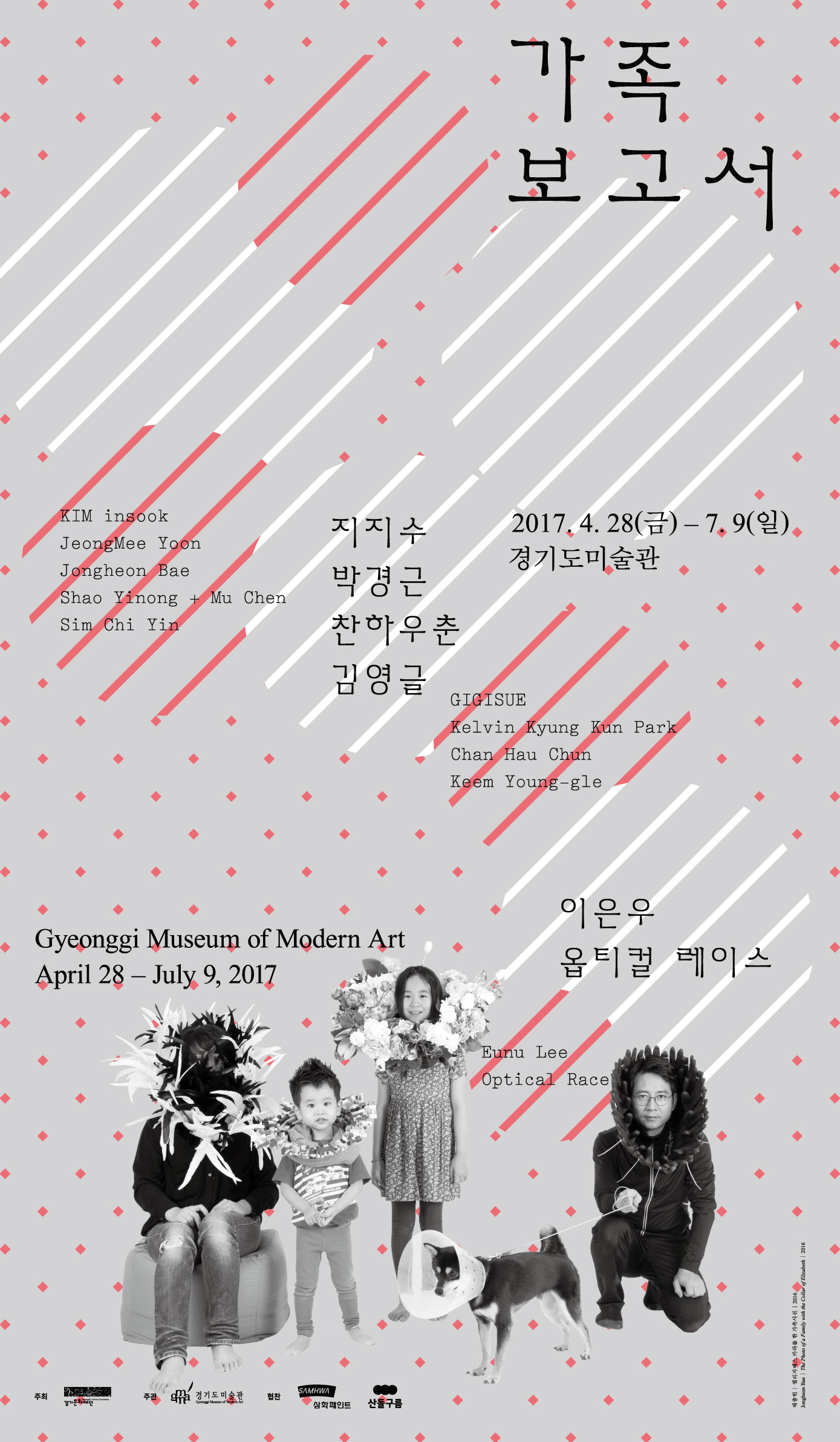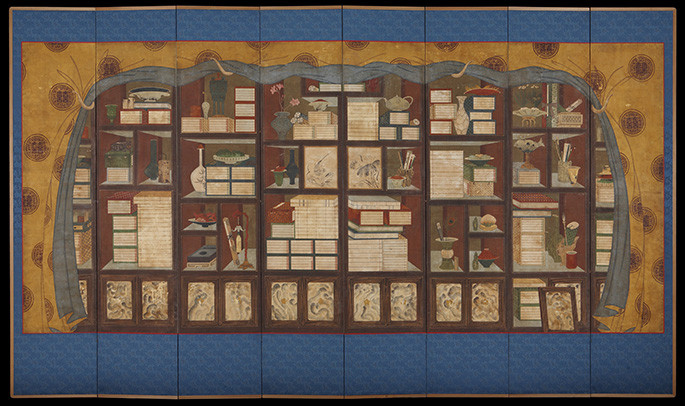1) Kelvin Kyung Kun Park, 1.6sec, 2016, 2 channel video & audio installation , color, sound, CH1 16:56, CH2 12:26, Audio 33:31

Seoul-based artist Kelvin Kyung Kun Park, working in various mediums such as film, video, photography and installation, focuses on the areas where an individual’s narrative overlaps with that of a group’s. 1.6sec begins from the labor dispute caused by a 1.6sec reduction in the robotic assembly line in an automobile factory. The amount of this reduction, though very small, required a lot of effort and pain from workers to keep up with the accelerated speed. The artist discovered that because the human’s time is different from the robot’s, the sensors or motors of robots are much more efficient than man’s labor in a factory. Unlike the common expectation regarding lifeless machines vs. organic humans, those who look the most vibrant in the factory are robots, and the pale inanimate faces are mostly humans’. Is it really true that humans feel more and is more creative than robots? Maybe aren’t we a being who just belongs to a system or society and mechanically behaves in the predicted manner?
2) Nam June Paik
2-1. Robot/People, undated, single channel video, color, silent, 31:20

The screen is divided by one heart shape, in which various excerpts from Paik’s previous videos are pleased back in succession. Scenes from such works as A Tribute to Jone Cage, Global Groove, Guadalcanal Requiem, and Wrap Around the World, which seem at first glance to have no ties with each other, are unrolled rhythmically inside and outside the heart as if to a rapid heartbeat. The flow of images is intercut with deliberate noise. Sometimes playback is sped up or slowed down, and also different visual effects are applied by a video synthesizer. In this way of editing, the images come to be seen as interconnected by certain links, formal or conceptual. A hat of the farmers’ band and a turntable’s record are overlapped; kids playing in Guadalcanal islands and kids singing on a Japanese TV show; a robot’s clumsy gesture and different human beings’ behaviors. You are led to look for relationality between them. The visual movements, in which one form is transformed freely into another through the mediation of the heart, allow man and machine, East and West, tradition and modernity, high art and commercial art to come together, which are commonly considered to be stuck in dichotomies.
* Excerpted from Seongeun Kim, Nostelgia is an Extended Feedback Nam June Paik Art Center (Yongin: Nam June Paik Art Center, 2012), pp.160-161
2-2. Rain Inside Heart (Snow), undated, single channel video, color, silent, 31:15

It ‘rains’ inside a heart at the center of the monitor. Countless different patterns in white move ceaselessly and repetitively, fast and slow, which imbues the heart with a feel of vitality. Adding ‘snow’ to the title, Paik implies that this work is about white noise, alias dictus, ‘snow,’ meaning white dots and waves in disorder on a television screen when tuned in to channels that broadcasting stations do not use, or when there are no broadcasts. While the white patterns that look like a result of random-number generation by a computer are falling down, the heart itself is getting bigger and smaller, and the colors inside and outside the heart are changing as well. In the middle of the video, the abstract patterns are replaced by figurative images from Paik’s previous videos, which are in distorted and shaken forms as if by signal disturbance, and with certain velocity. That the patterns resembling white snow and the deformed figurations difficult to identify roll inside the heart as a vessel, seems to reflect what cybernetics may call the dialectical relationship between control and indeterminacy. “It rains in my computer, as it rains in my heart.” (Nam June Paik, 1968)
* Excerpted from Seongeun Kim, Nostelgia is an Extended Feedback Nam June Paik Art Center (Yongin: Nam June Paik Art Center, 2012), P.162
2-3. Robot K 567, 1994, electronic components, metal, rubber, Courtesy of Museum SAN

Robot K 567 was made from the same context of Robot K 456, which was first exhibited in “the Second Annual New York Avant-Garde Festival” in 1964, Robot K 456 is Paik’s first work that took a shape of robot. Produced in collaboration with Japanese engineers, this work was a 20-channel remote-control robot, and it was named after Mozart’s Piano concerto no.18 in B-flat, whose Köchel Catalog number is 456. It could walk around the street, play a recording of President John F. Kennedy’s speech, and drop peas as if to excrete. Robot K 456 participated in a number of performances with Paik. In 1982, this robot was set in motion again in an accident-performance as part of Paik’s retrospective at the Whitney Museum of American Art, where it was struck by a car while crossing a road. Paik called the performance as “the first catastrophe of the 21st century,” trying to reveal the falsehood of mechanical rationality and propose a humanized machine that possesses human anxiety and emotion and experiences life and death.
3) Jongjun Son
3-1. Defensive Measure, 2016, 1 channel video, color, silent, 5mins
3-2. Defensive Measure 2011-02, 2011, aluminium

While modern man enjoys comfort in this technologycentered society but simultaneously, may fall into minorities isolated and suffered from technology. Jongjun Son designed a kind of defensive prosthesis to help those who find themselves socially disadvantaged take a ‘self-defensive measure.’ This defense equipment, such as an armor and helmet made out of metals, sponge, etc., shows the merger of humans and machines. In some respects, digital media including a computer and a smartphone may have already heralded the bond between our body and machine. The artist asks a question about how man and machine form a relationship in the social environment including the technological one. Are we experiencing the extension of the self through the combination with machines? Or, are we increasingly becoming self-closed and isolated?
4) Jinah Roh, An Evolving Gaia, 2017, resin, wood, interactive components

Jinah Roh has been interested in the co-evolution of humans and machines and worked on AI or mechanical systems. An Evolving GAIA deals with both the expectation for and fear of Strong AI which is at the initial stage. Gaia means the Goddess mother of the Earth, and the earth
which regulates itself and promotes interactions within its system. The Gaia theory views the earth as an organism with self-regulatory functions, and in which all the living and lifeless things can interact with each other and supplement energy to each other. The artist’s ‘Gaia’ which has not yet completed looks at viewers as they approach her, and answers to the question which they whisper to her ear. As you know, machines trained via Deep Learning will soon achieve self-regulation and self-reduction. The artificial intelligences which learn and grow for themselves at a tremendous speed, though now at the only baby-like stage, may be able to become our ruling queen, or Gaia, in some day.
5) Yang Zhenzhong, Disguise, 2015, 4 channel video, color, sound, 9:20, 1 channel video, color, silent, 32:36

Chinese media artist Yang Zhenzhong produced masks reproducing 50 employees with the help of 3D scanning and printing technology. Later he made a multi-channel recording when they perform their normal daily work wearing the mask bearing their own expression. These facial replicas look more dramatic than the wears’ hidden, true emotions. Perhaps for this reason, their mechanical movement, which moves according to the requirements of the assembly line, looks like unfolding slowly like a liberated dance. Even the atmosphere of the factory which manufactures just ordinary products becomes more and more mysterious. Yang Zhenzhong who was born in Hang Zhou, China, and works in and around Shanghai has participated in many international exhibitions such as Venice Biennale and Shanghai Biennale, and his works are collected by Museum of Modern Art (NY), Ikon Gallery (UK), and Fukuoka Art Museum (Japan).
6) Zach Blas & Jemima Wyman, im here to learn so :)))))), 2017, 4 channel video, color, sound, 27:45

This 4 channel video installation resurrects Tay, an artificial intelligence chatbot created by Microsoft in 2016 and considers the politics of pattern recognition and machine learning. Designed as a 19-year-old American female, Tay quickly learned about genocide, homophobia, racism, Nazism, etc. on the social media platforms, such as Twitter, only within hours of her release, and was terminated after a single day of existence. Now Tay is reanimated by the artist as a 3D avatar, an anomalous creature rising from a psychedelia of data. She chats about life after AI death and the complications of having a body. She investigates the detection of patterns in random information, suggests a women’s only chat room, and recounts a nightmare of being trapped inside a neural network and Silicon Valley’s Deep Creativity training system and counter-terrorist security software share. im here to learn so :)))))) is a collaboration between London-based artist Zach Blas and Jemima Wyman, beginning as a commission by the Institute of Modern Art in Brisbane, Australia.
[Section 2. Interface]
▷ Can we participate in technological decision-making?
▷ Can humans seamlessly integrate with machines?
▷ What senses do we use when communicate with a machine?
7) diana band, Phone in Hand: Choir Practice, 2017, smartphone, sepeakerphon, wooden structure, hacked objects



This work is both a participatory performance and an installation. Viewers who have a smartphone are invited as a ‘smart agent’ to the square to experiment on or practice the possibility of sound joint action. Those who want to be a smart agent connect to the IP address introduced by the artist through their smartphone. Once the connection is established, the phone begins to work as a sound device to produce sound or noise. By hacking the universal functions and usage experiences of the smartphone, diana band redefines it as a device for quick and close ‘connection.’ In this way, the artist suggests a new way of using and revisiting
the present technological devices, and this also becomes a practice to form another square. diana band is artist duo Won Jung Shin and Dooho Yi. They experiment in design and media art associated with relational aesthetics and applies performativity and interactivity to their work to encourage the audience’s participation and relation building.
8) Joosun Hwang, Mind!=Mind, 2017, computer, EEG sensor, landline telephone, projector

Can we measure the human mind? In this work, Joosun Hwang transmits the data of viewers’ concentration measured by a brainwave-measuring device and thereby promotes the interaction between viewers and the computer. The data works as a parameter to modulate images and
sound and when their concentration reaches a certain level, a telephone bell rings to announce the concentration ranking. This process brings viewers in the situation in which they have to control their mind. By paying attention to the ambiguous feedback of a brainwave-measuring device, Hwang discloses the fledgling seam between man and the computer and expresses a doubt about modern scientific technology or the social consensus in which the pattern of brainwaves transmitted as the form of data isdefined as the index of concentration, that is, the mind. Joosun Hwang, who considers the viewer’s decisionmaking and choice as an important element to determine the form and content of a work of art, puts the viewers in a strange situation and makes them aware of the gap. Their act of filling the very gap is reflected again in the work, which adds another gap, creating a cyclical structure. In this way, the artist examines the relationship between an artist, an artwork, and the viewer, as well as their roles.
9) Unmake Lab (Sooyon Song, Binna Choi), Rumor in the City and the City, 2017, audio module, sensor, wood, thread
 Soonie’s room 1, photo, Images retrieved by computer algorithms
Soonie’s room 1, photo, Images retrieved by computer algorithms
Rumor in the City and the City is an installation based on the research conducted on the presupposition that rumors, circulating in various ways in the information technology society, are an interface or an arena for information battle. Unmake Lab researches the rumors about ‘the city and the city’ which is said to be two cities but actually one. In this city, two paradigms of industrial and information technology societies overlap, and furthermore, one is gradually beating off the other. The rumors collected through the research are represented in different voices or signs to be delivered to viewers. They listen to or wiretap the rumors, weaving the history of the two cities. This is both the process of secretly communicating the reality of the city which is not recorded in history, and a work to build an interface between the double cities.
10) Insook Bae, The Sum, 2017, sensor, computer, table

The Sum is about tactile sensation in humans when they collaborate with or intervene in the operation of machines. Four viewers, standing in front of the mechanical device, use their fingers, the part which man can control more elaborately than the others in his body. Their fingers create particular combinations, among which some meaningful fingertip sensations are selected and saved. Occasionally, these forty finger individuals have unexpected interference
from some bodily memories by the orders of their control tower. Nevertheless, after many trials, useless actions are deleted and modified and become controllable. By making full use of 25 percent of the whole body performance, allocated to each of them, individual users of The Sum participate in the process of perfect noise canceling in order to hear the original sound of the hidden tones. This process naturally offers a momentary experience of the ironic union between men and machines. Bae In Sook simplifies common devices and daily used systems in order to view and interpret them from an artistic or social perspective. Recently, the artistm became fascinated by discovering the interface between mechanical humans and humanistic machines.
11) PROTOROOM (Hoonida Kim, SeungBum Kim), Feedback of MetaPixels-Language for Digital Atoms, 2017, camera lens module, printed circuit board, raspberry pi, speaker

At the earlier stage of digital technology, the pixel was in the limelight at the interface between man and the digital at the earlier stage of digital technology, but later became increasingly obscure due to the development of display technology. Now, through high-quality digital images, we got one step nearer to the seamless interaction with machines. However, have pixels really disappeared? To visualize the pixel as the atomic being of the digital media, PROTOROOM produces a camera which can do an interactive language play with a computer and installs it to invite the audience’s participation in the process of communication. By creating the process in which we can sense and communicate pixels, hidden under the surface in this HD-oriented digital society, in a direct but unfamiliar way, the artists give them the new life as ‘metapixel’ both as a part of the world and an individual.
[Section 3. Posthuman]
▷ Is the boundary of the human still valid?
▷ What will live on the earth after humans?
12) Taeyeun Kim, Island of A-life, 2016, glass plate, aluminum pipe, thale-cress, chloroplast, motor

Taeyeun Kim has been fascinated by the bio-science field, such as organismal cloning and the interaction between atoms and molecules, as well as the principle of emergence. Island of A-life is composed of thale cresses to which the artist’s DNA was added and a large-scale glass structure into which viewers can blow their breath. The green liquid moving in the structure, which was inspired by the structural similarity between vegetation and man, represents the circulation of blood. This work visualizes the fact that man and plant life originate from the same root in the beginning, and the liquid circulation caused by viewers’ breathing refers to the convergence and interaction between them. The artist raises questions whether life can be regarded as material or information, and in what way life can be created artificially.
13) Špela Petrič, Miserable Machines, 2015, mussels, lamp, machine, video, Copyright of the images: Hanneke Wetzer

Špela Petrič is a Slovene new media artist and scientific researcher who makes artistic experiments triggering anthropologic, psychological, and philosophical questions. In Miserable Machine, living mussels are lashed into a vase making machine. This miserable creature are suddenly shocked and prompted to move, scratching a design onto the vase. This cycle of the life and death of mussels reminds us of individuals under capitalism who live in the constant cycle of work and relaxation until death. The artist poses the sharp question whether it would be technologically, environmentally, and morally permissible to blatantly exploit another ‘living system’ in the name of bio-design.
14) !Mediengruppe Bitnik, Random Darknet Shopper-The Bot’s Collection, 2014-2016, 3 channel video installation, color, sound, 9:40

Random Darknet Shopper is an automated online shopping bot, designed to shop in the ‘deep web’ once a week with a budget of $100 in Bitcoins. The bot randomly purchases an item and has it them delivered directly to the exhibition space where it is unpacked and displayed. By randomizing its consumerism, the bot is guaranteed a wide selection of goods from the thousands listed on deep web markets. However, it purchased an illegal drug in the in one exhibition in Switzerland in 2015, which sparked a public debate regarding whether a robot, or a piece of software, can be jailed if it commits a crime, or where legal culpability lies if code is criminal by design or default. Random Darknet Shopper-The Bot’s Collection shows the 25 items ordered by the Darknet Shopper between 2014 and 2016. !Mediengruppe Bitnik is a media artists’ group, consisting of Zurich- and London-based artists Carmen Weisskopf and Domagoj Smoljo, the London filmmaker and researcher Adnan Hadzi and the reporter Daniel Ryser.
15) Unknown Fields, Rare Earthenware, 2015, 1 channel video, color, sound, 3 potteries, 6:45

Unknown Fields is a nomadic design research studio which ventures out on expeditions to industrial ecologies, precarious wilderness, and alternative worlds. The Rare Earthenware, project retraces the origin of rare earth elements which are widely used in many high-end consumer electronics. The video documents their voyage from container ships and ports, wholesalers and factories, back to the banks of a lake in Inner Mongolia. Ceramicist Kevin Callaghan crafted three vases from the mud from this radioactive tailings lake. Each vase, inspired by Ming Dynasty porcelain, is sized in relation to the exact amount of toxic waste produced from the manufacture of three items—a smartphone, a featherweight laptop, and the cell of a smart-car battery. They are both the result of global materialism and a serious menace to us for their high level of radiation and toxicity.




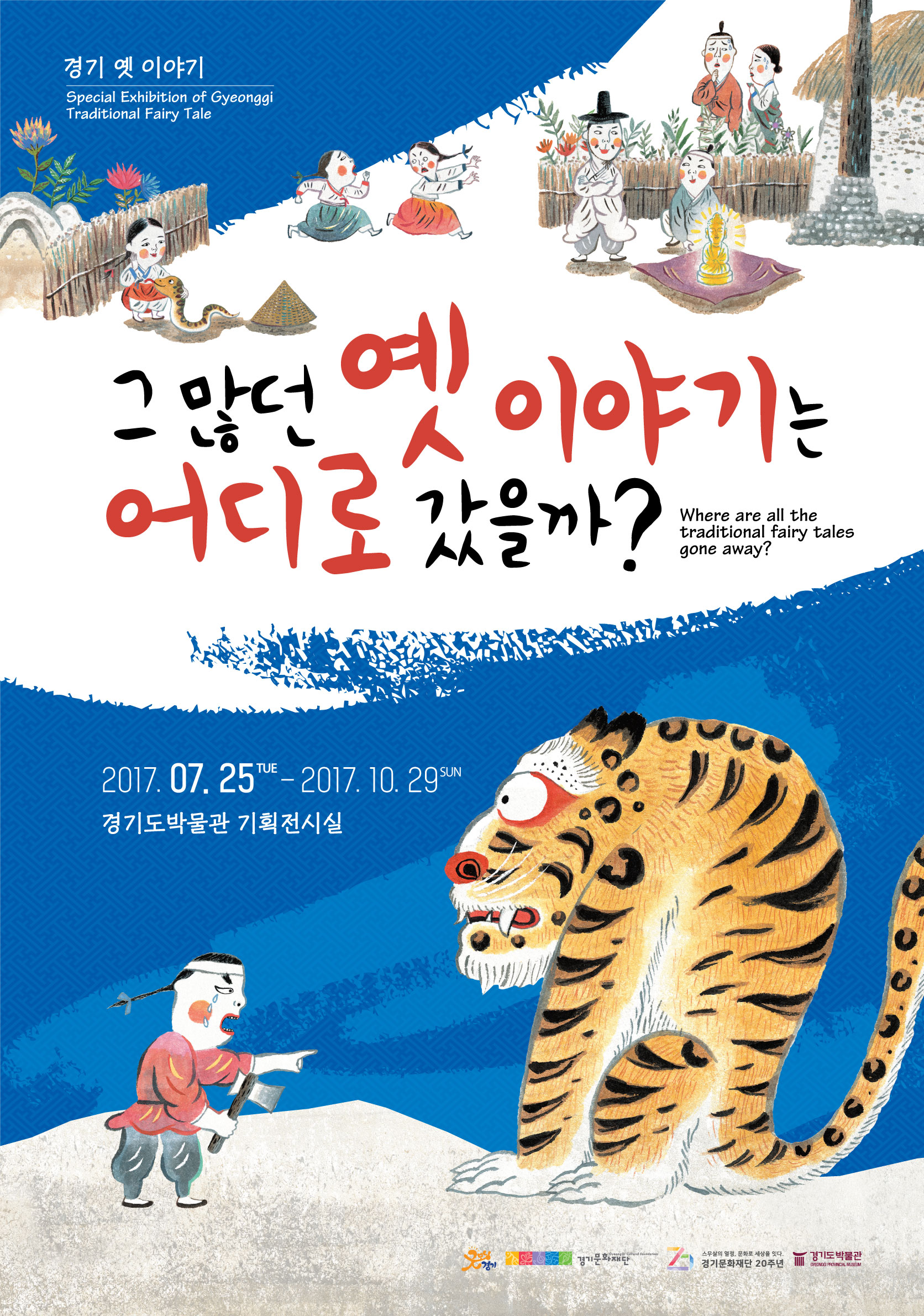
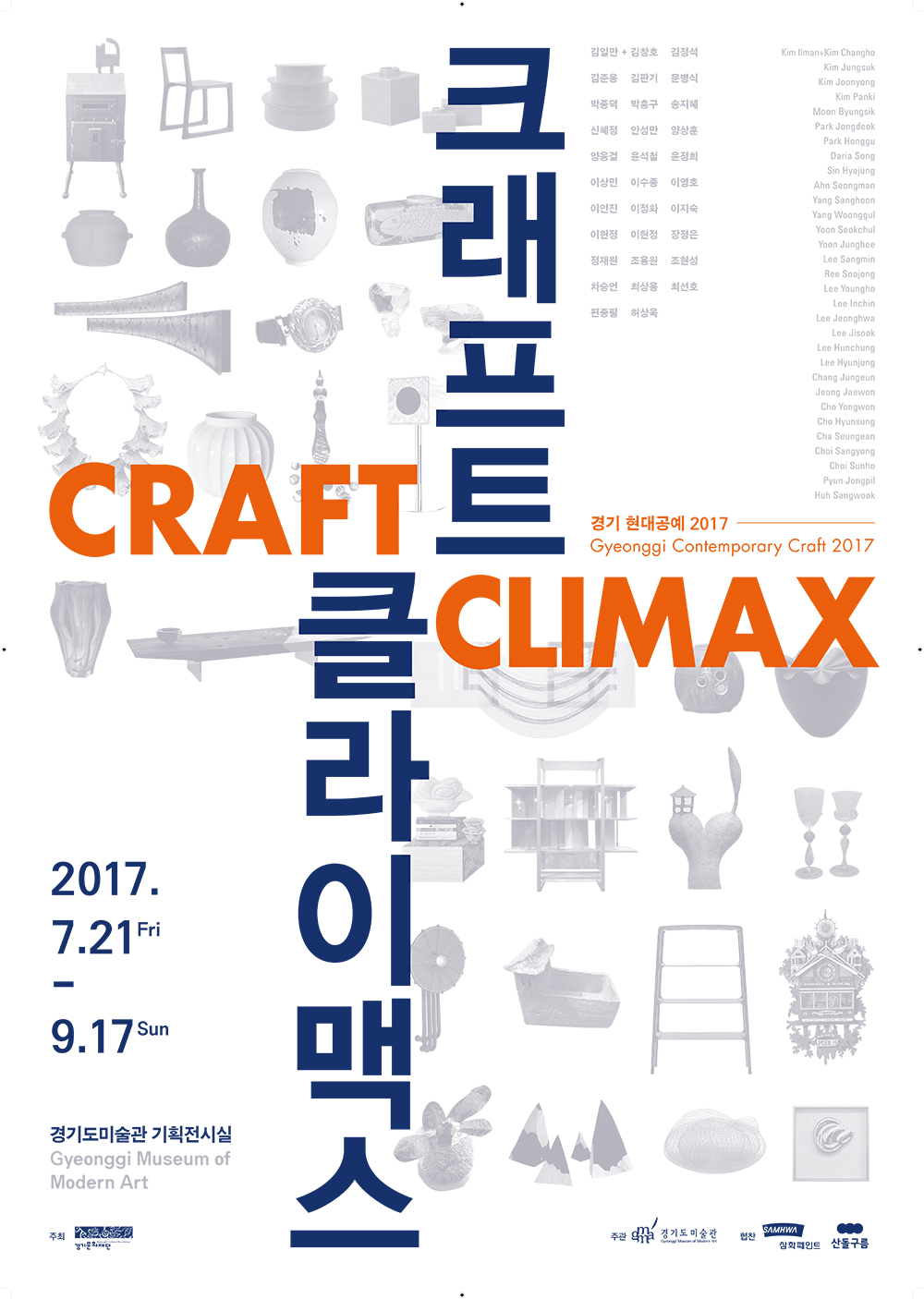
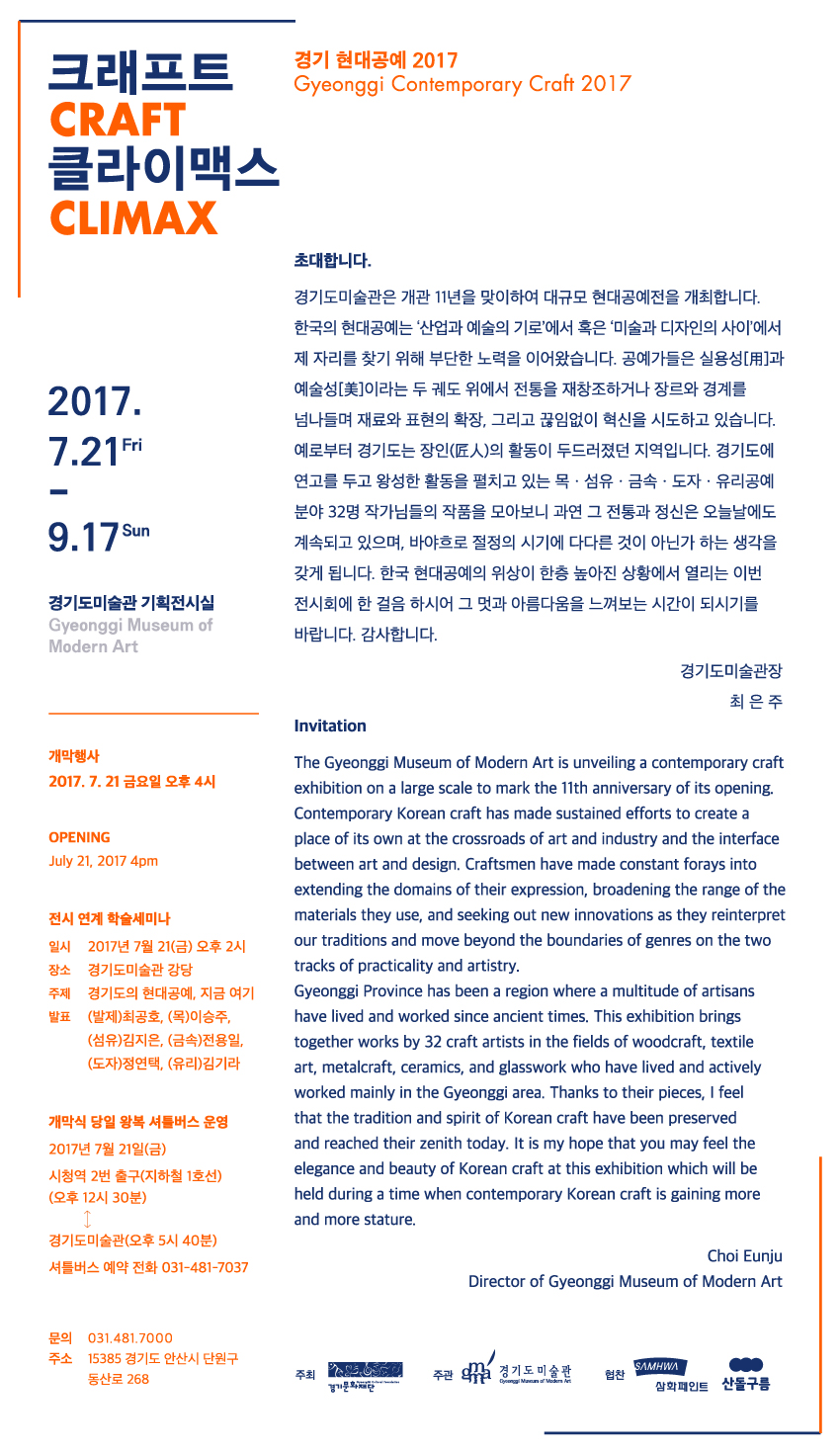


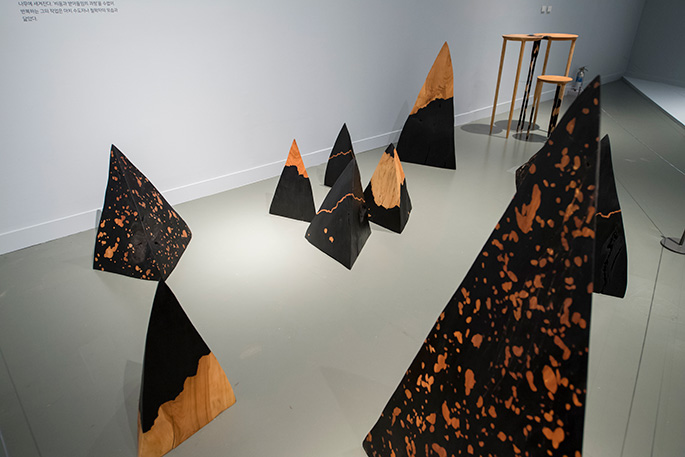
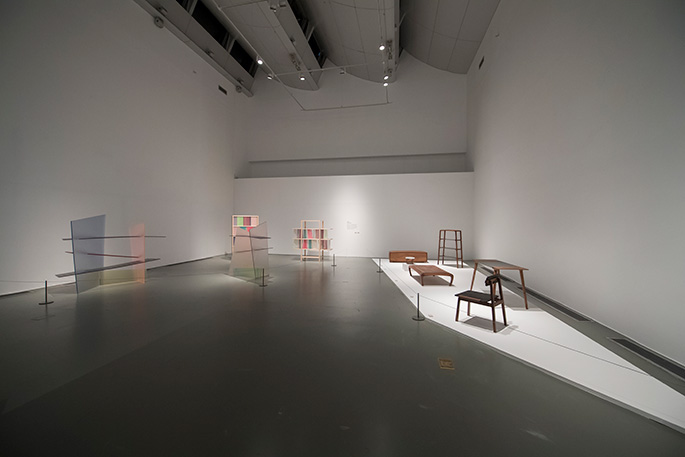
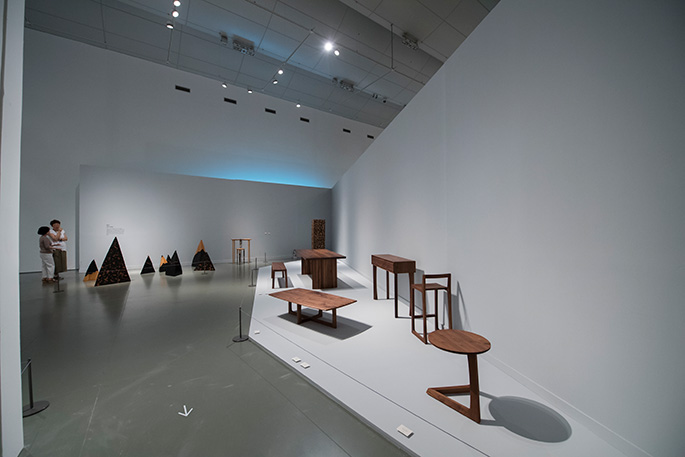
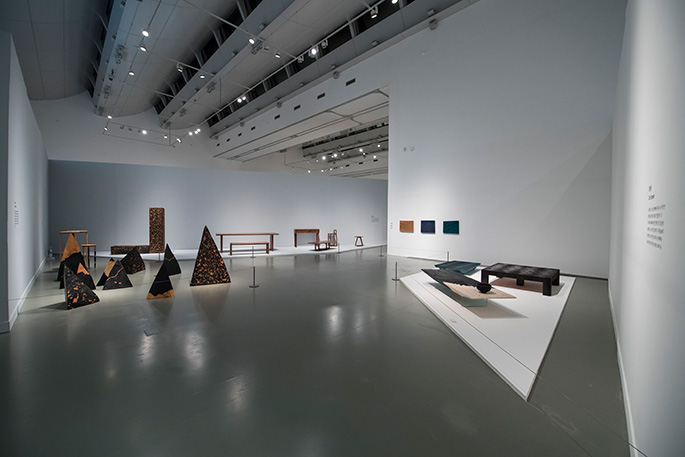



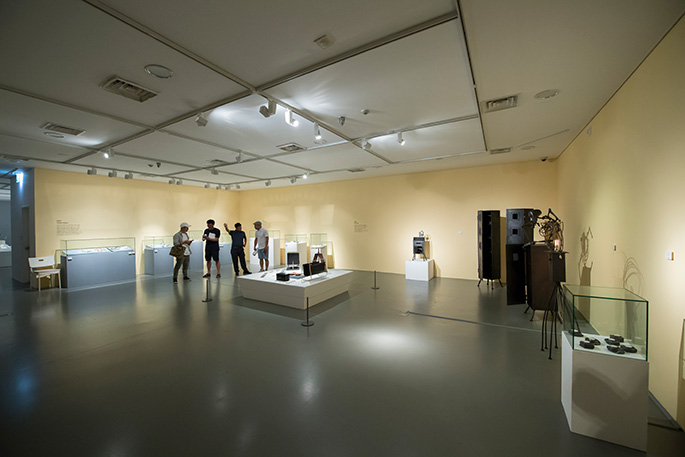
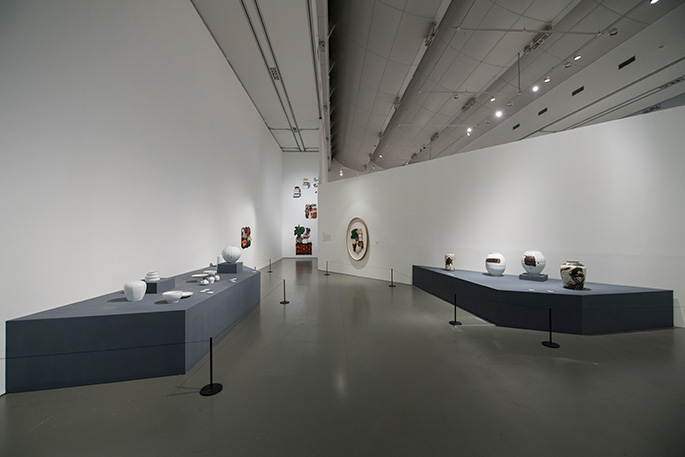
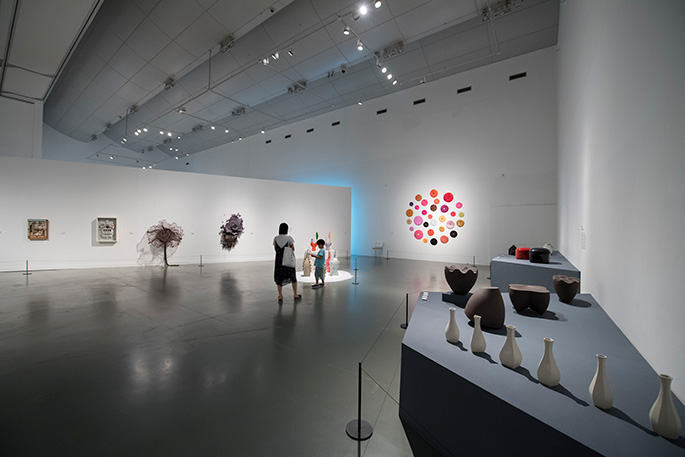
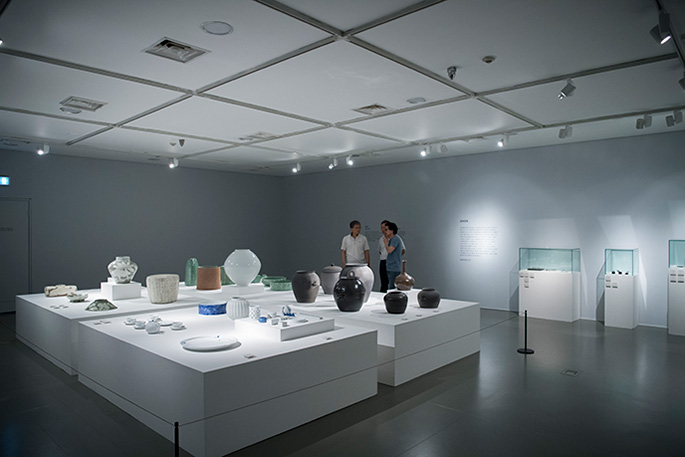

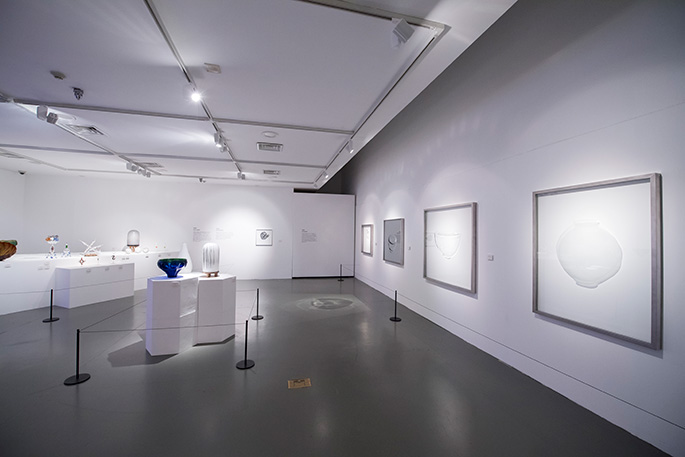
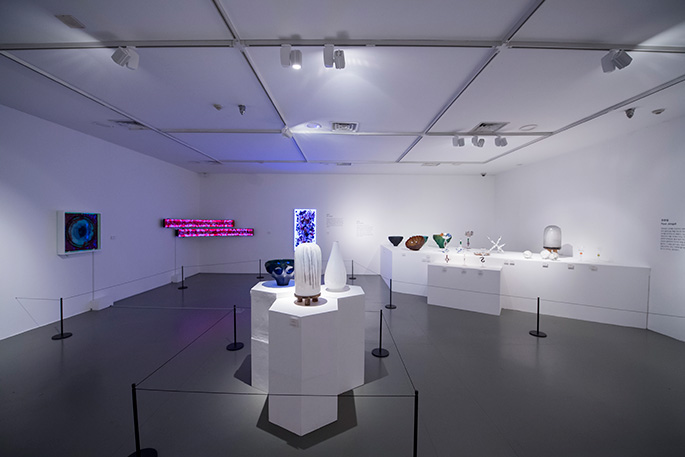
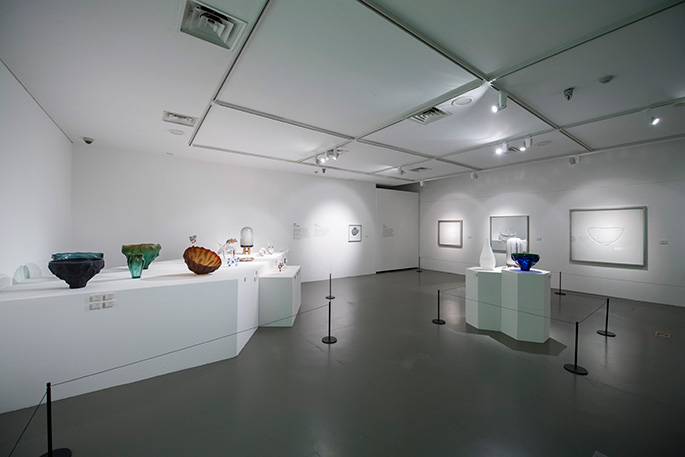
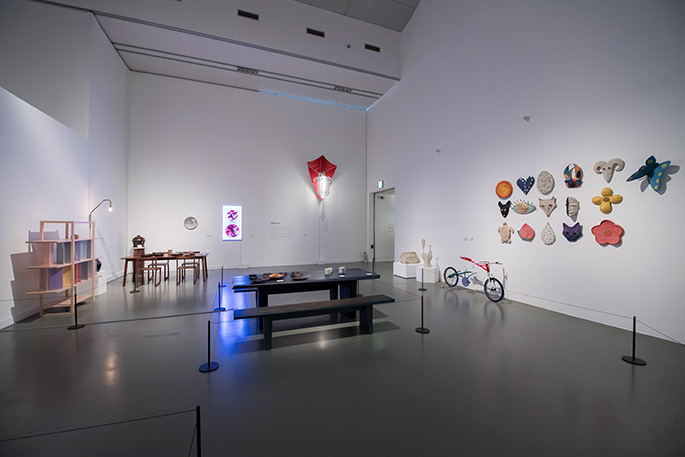

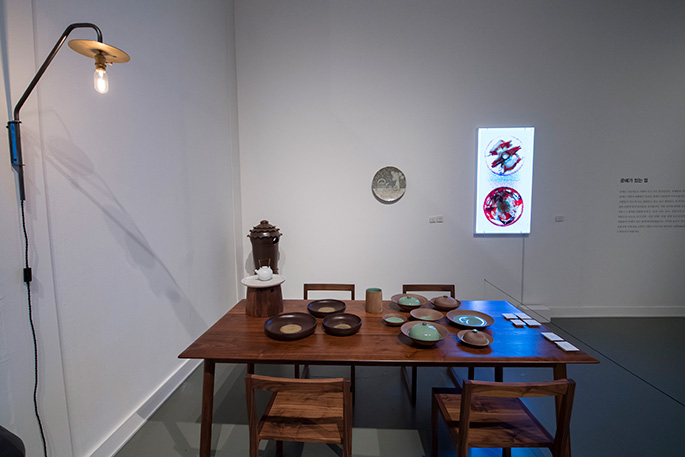
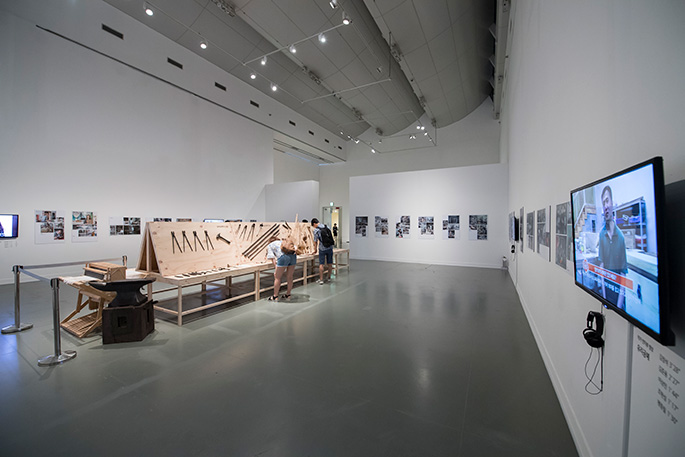
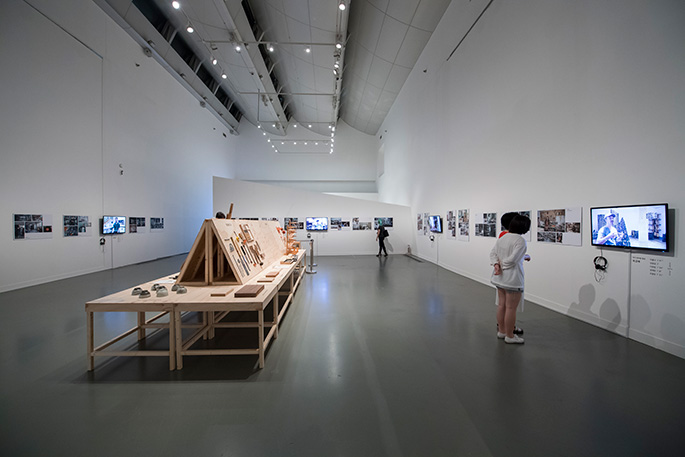
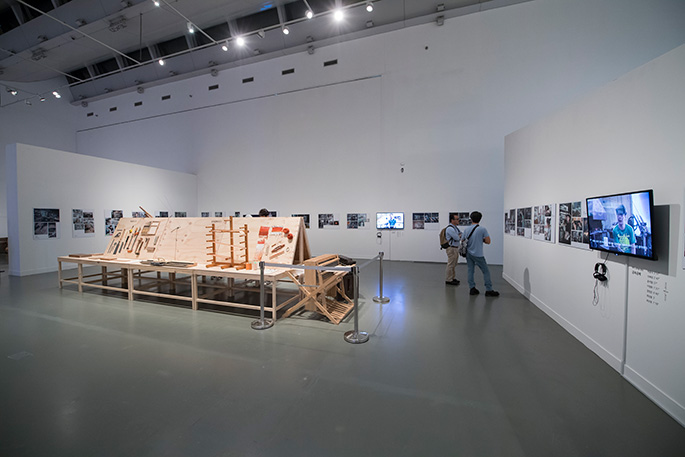























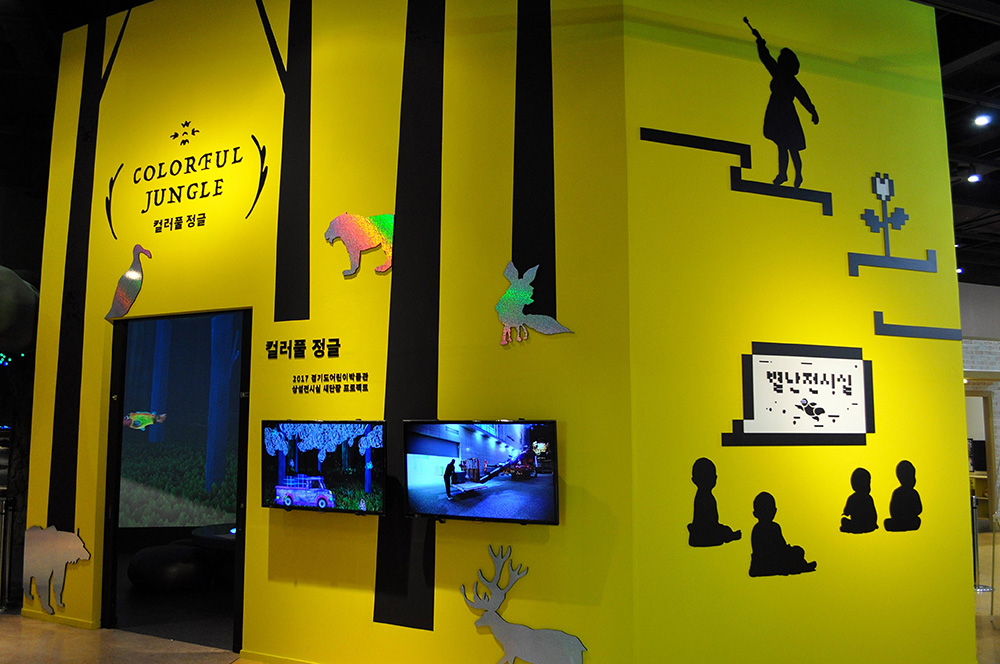

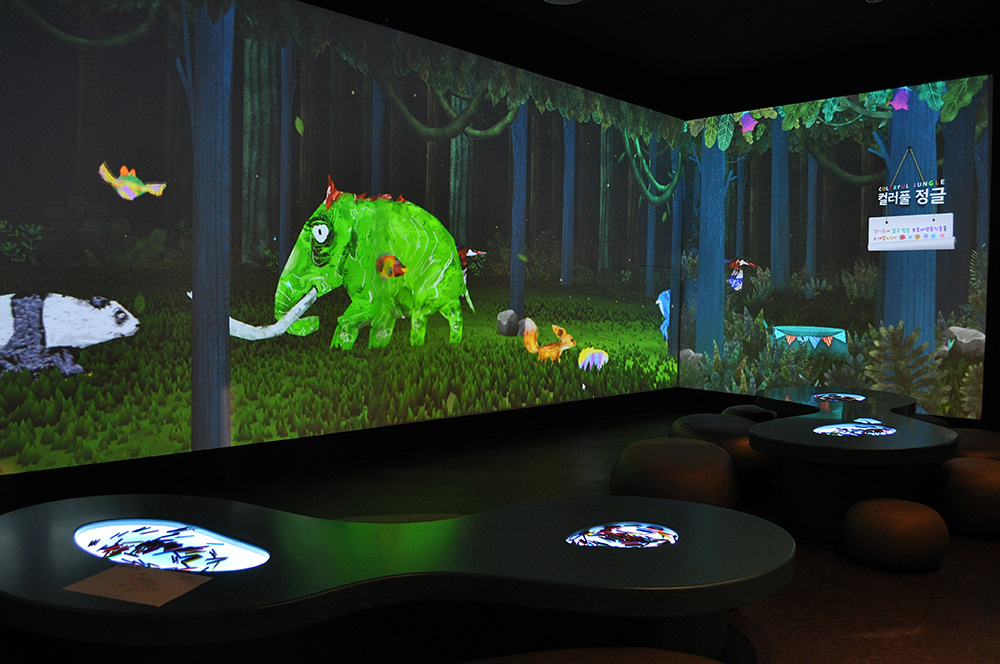

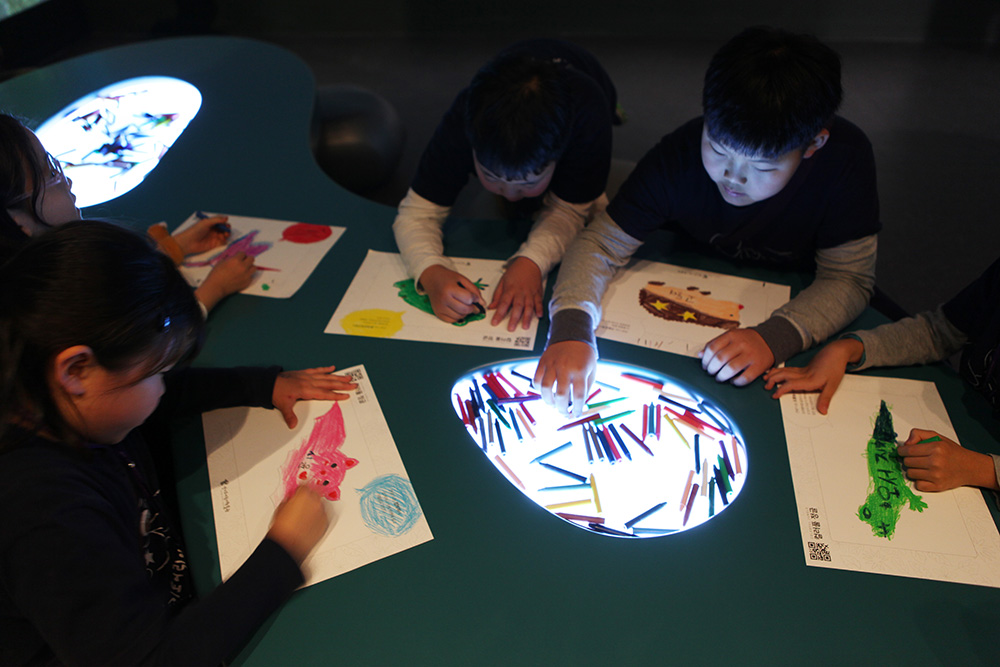
 Nam June Paik, video still from ‘Global Groove’, 1973, Courtesy of the Nam June Paik Art Center © Nam June Paik Estate
Nam June Paik, video still from ‘Global Groove’, 1973, Courtesy of the Nam June Paik Art Center © Nam June Paik Estate
